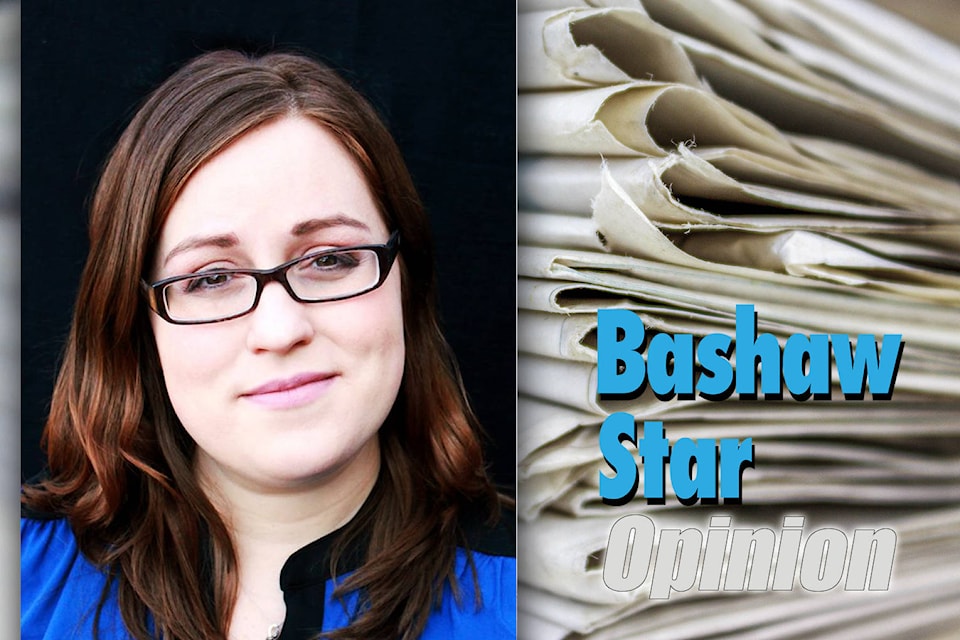“Blue Monday” has just past — the day thought to be the most depressing of the year, usually designated as the third Monday in January.
It makes a certain amount of sense. Holidays can be hard, and it falls after Christmas and is sandwiched between New Year’s Eve and Valentines’s Day.
These holidays can all serve to show what is lacking or unsatisfactory in one’s life, especially with the perceived pressure to make and keep resolutions, which are sometimes unrealistic or lofty goals that set one up for failure, or to be in a romantic relationship, going over-the-top for each other this one day of the year.
Maybe it’s just the idea of starting a new year, on a blank slate, that can be daunting when you don’t know what lies ahead.
Or maybe it’s all hokum …
The whole notion of the day isn’t really based on science or even on psychology. It was basically made up.
The day was actually first publicized as the most depressing day of the year in a press release in 2005 from Sky Travel, a holiday company, that claimed to have calculated the date using an equation based on weather conditions in the northern hemisphere.
If it’s based on the weather, maybe there’s actually something there.
Cold, dark winter days can get anyone down, but for those suffering from SAD — Seasonal Affective Disorder, a lack of sunlight can cause serious symptoms and is very real.
Although the idea of “Blue Monday” has largely been discredited as pseudoscience and has been recycled over and over by various groups for marketing purposes, it still retains some value, as any reason to discuss mental health and bring it out of the shadows is a good thing.
Our awareness as a society as a whole is changing. We’ve become more understanding and compassionate towards those that suffer from mental illness.
We’ve learned things not to say to someone who is depressed, that shame is not motivating, and that true empathy does not mean starting a sentence with “at least,” but finding something within ourselves that connects to the pain the other person is feeling, and sitting with them in the emotion.
At least I hope so. I hope we’ve learned that mental illness is not a sign of weakness or something to be ashamed about.
There is still a stigma though. If you don’t think so, ask a crowd of people to put up their hand if they’ve ever sought professional help for their mental health.
If people hesitate to put up their hands, then you have your answer. Would you feel comfortable answering that question honestly?
Depression and anxiety are more common than we think, and it doesn’t have to be severe to cause disruptions in your life. Everyone could do with some help and instruction on how to better self-care and process emotions.
According to cmha.ca, by age 40, 50 per cent of the population in Canada will have, or have had, a mental illness.
Seeking help for mental health concerns should be as normal as seeing a doctor when you are sick.
We may never talk openly about our struggles — privacy is an important defense mechanism — but we need to be open and honest enough at least with ourselves to ask for help from people we trust and who care about us when we need it, or to see a professional.
So if you are feeling depressed, anxious, or stressed and it’s starting to affect your day-to-day life, whether it’s on Blue Monday or any other day of the year, I hope you reach out to get the help you deserve, and please know, there is hope.
